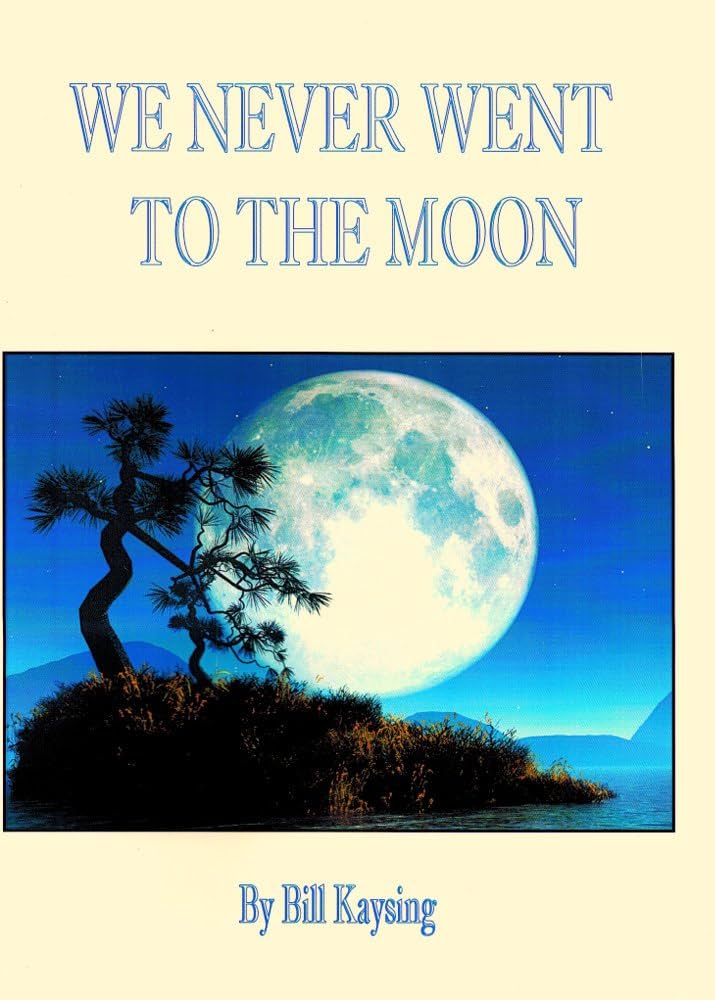The Moon Landing Controversy
The moon landing remains one of the most significant achievements in human history, showcasing the pinnacle of space exploration during the 20th century. On July 20, 1969, Apollo 11’s lunar module, Eagle, touched down on the moon’s surface, and astronaut Neil Armstrong took his historic first steps. Despite this monumental event, controversy and conspiracy theories have surrounded the moon landing, with some individuals and groups claiming it was an elaborate hoax.

Background of the Issue
The moon landing’s controversy revolves around the claim that the United States government, specifically NASA, faked the Apollo 11 mission and subsequent moon landings. Detractors argue that the entire event was staged to win the space race against the Soviet Union during the Cold War. They allege that the footage was filmed on Earth, possibly in a secret studio, using Hollywood special effects techniques.
Origin of the Controversy
The moon landing conspiracy theories gained significant traction in the late 1970s, fueled by a combination of skepticism and distrust towards the government. One of the earliest and most influential proponents of the hoax theory was Bill Kaysing, who published a book titled “We Never Went to the Moon: America’s Thirty Billion Dollar Swindle” in 1976. Kaysing’s arguments were based on supposed anomalies in the photographic evidence and perceived technical impossibilities.

Persuasion Tactics and Propaganda
Several tactics have been employed to advance the moon landing hoax theory. These include:
- Selective Use of Evidence: Conspiracy theorists often cherry-pick data that appears to support their claims while ignoring substantial evidence that contradicts them. For example, they highlight discrepancies in shadows and flag movement in the lunar photographs but disregard the scientific explanations provided by experts.
- Appeal to Authority: Proponents often cite supposed experts or whistleblowers who claim to have inside knowledge of the hoax. By presenting these individuals as credible sources, they lend undue legitimacy to their arguments.
- Misinformation and Deceptive Editing: Some conspiracy documentaries and articles use misleading editing techniques to create a false narrative. For instance, they might use out-of-context quotes from astronauts or NASA officials to suggest that the moon landing was faked.
- Exploiting Public Distrust: The moon landing hoax theory capitalizes on the broader public skepticism towards government and authority figures. By tapping into existing fears and doubts, conspiracists can more easily persuade individuals to accept their version of events.
Resolution and Public Acceptance
The moon landing conspiracy theory, despite its persistence, has been thoroughly debunked by scientists, engineers, and historians. Extensive physical evidence, including moon rocks, and detailed telemetry data from the missions, support the authenticity of the moon landings. Additionally, third-party tracking from countries like the Soviet Union and independent radio operators confirmed the missions’ legitimacy.
Educational efforts and public outreach by NASA and other scientific organizations have helped to counter the misinformation. Documentaries, books, and articles that explain the science behind the missions have contributed to a broader public understanding and acceptance of the moon landings as genuine historical events. For example, in the PBS documentary “Nova: To the Moon,” experts meticulously dissect the hoax claims, providing clear and concise refutations.
Conclusion
The moon landing remains an extraordinary achievement, despite the controversies and conspiracy theories that have emerged. By understanding the origins of these theories and the tactics used to propagate them, we can better appreciate the importance of critical thinking and evidence-based reasoning. The efforts to debunk the hoax claims have reinforced the value of scientific inquiry and the pursuit of truth, ensuring that the legacy of the moon landing endures.
References:
- PBS. “Nova: To the Moon.” Available at: PBS Nova
- NASA. “Apollo 11: First Steps on the Moon.” Available at: NASA Apollo 11
- Bill Kaysing. “We Never Went to the Moon: America’s Thirty Billion Dollar Swindle.” Available at: Amazon